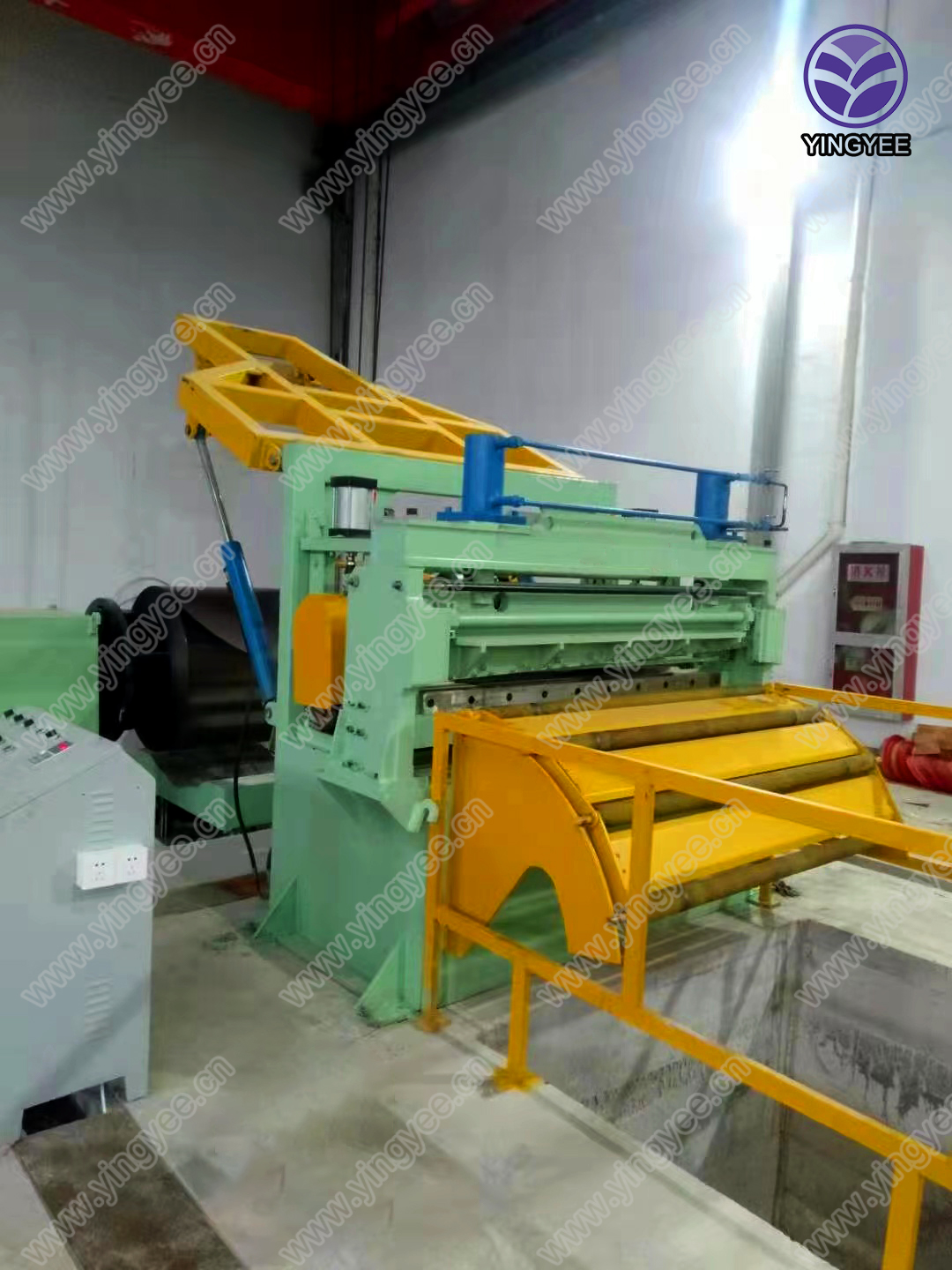Exploring Roll Forming Machines for Roofing Sheets
In the world of modern construction, the efficiency and durability of building materials play a crucial role in determining the long-term performance of a structure. Among various materials used in roofing, metal sheets have gained popularity for their robustness, aesthetic appeal, and recyclability. A pivotal component in the production of these metal sheets is the roll forming machine, a sophisticated tool that shapes metal strips into desired profiles for roofing applications.
Understanding Roll Forming Machines
Roll forming is a continuous process whereby long strips of metal are shaped incrementally as they pass through a series of rollers. Each roller is designed to bend the metal slightly further into the desired shape. This method is particularly well-suited to produce consistent profiles over long lengths, making it ideal for roofing sheets that require uniformity in design and strength.
Roll forming machines vary in complexity and size, depending on the specific requirements of the application. Some machines are designed for high-output production, while others are built for smaller runs or customized profiles. Advanced machines incorporate features such as automated feeding systems, real-time monitoring, and even integration with design software to streamline the manufacturing process.
Advantages of Using Roll Forming Machines
One of the significant benefits of roll forming machines for roofing sheet production is their efficiency. Once the machine is set up and calibrated, it can produce roofing sheets at a rapid pace with minimal waste. This efficiency translates to lower production costs and shorter lead times, crucial factors in the competitive construction industry.
roll forming machine for roofing sheet
Moreover, roll forming technology supports the creation of complex profiles, which can enhance the aesthetic appeal of buildings. Architects and designers can leverage the capabilities of roll forming machines to develop innovative roofing designs that improve the roof's functionality while maintaining visual appeal. From corrugated patterns to standing seam styles, the versatility offered by these machines is unmatched.
Another advantage is the material savings achieved through the roll forming process. Since the machine can produce sheets tailored to specific dimensions, there is less scrap metal compared to other manufacturing methods. This not only decreases costs but also minimizes the environmental impact associated with metal waste.
Applications in Roofing
Roll forming machines are commonly used to produce a wide variety of roofing sheets, including standing seam roofs, corrugated panels, and more. These roofing solutions are ideal for various building types, from residential homes to commercial structures and industrial facilities. The lightweight nature of metal roofing sheets, combined with their strength and durability, makes them suitable for various climates, offering excellent protection against harsh weather conditions.
Additionally, the ability to easily customize designs means that builders can create roofs that complement the building's architecture while ensuring that they remain within budget constraints. The longevity of metal roofing, combined with its energy efficiency, adds to its appeal, aligning with modern sustainability goals.
Conclusion
In summary, roll forming machines play a vital role in the production of roofing sheets, combining efficiency, versatility, and environmental sustainability. As the demand for high-quality roofing solutions continues to rise, these machines will likely become even more integral to the construction industry. As technology advances, we can expect even greater innovations in roll forming, enhancing capabilities and continuing to meet the ever-evolving needs of builders and architects around the globe. The future of roofing sheets looks promising, thanks to the innovative technologies of roll forming machines.







